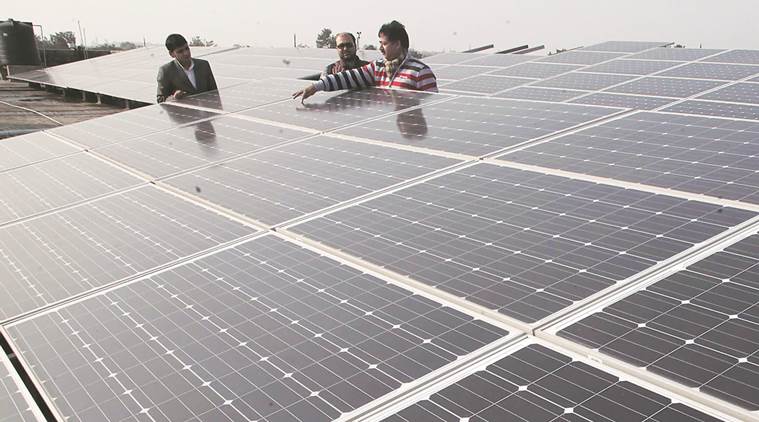Renewable energy sources are only as reliable as the natural world that fuels them. A cloud passing overhead cuts off solar power; the wind stops blowing and windmills stop working. In order for us to depend on undependable power sources, we need a grid-sized backup to acts of God.
In 2012, president Barack Obama’s energy secretary Stephen Chu issued a “5-5-5” challenge to those in the energy storage field, bring us a 5% reduction of cost, a five times increase in capacity, and do it in five years or less. Yet-Ming Chiang, MIT’s department of material science and engineering and founder of multiple battery-research startups, was the lead author on a study published earlier this week in the journal, Joule, that described a battery conceived and designed with a wary eye on that first five in Chu’s challenge. “We said, ‘If we want energy storage at the terawatt scale, we have to use truly abundant materials,’” Chiang told MIT News.
Chiang’s team knew from jump they wanted to use sulfur as the cathode, or negative terminal, and water as the electrolyte solution that holds the energy. After some false starts, the researchers fell upon oxygen as an anode, or the positive terminal, completely by accident when an incomplete seal in a prototype allowed for air to get in to the system. The final step was finding that adding salt to the water could help carry the charge back and forth between the two terminals more efficiently. All told, the total chemical cost of Chiang’s battery, comes to about $1 per kilowatt hour (kWh).
By comparison, the lithium-ion batteries that power most of our devices now are pretty expensive, and to manufacture the technology on a grid-sized scale is still cost-prohibitive; Elon Musk’s Gigafactory pumps out batteries at or near $200 per kWh. The cost of coal is literally thousands of times cheaper—at $53 per megawatt hour (mWh). And considering energy produced from coal and natural gas is on-demand and won’t stop with every lull in the wind, it’s easy to understand why legacy energy sources are still fueling much of the globe’s 15-tWh-per-day energy habit.
And that’s why Chiang’s team wanted to use sulfur from the start—it is readily available almost anywhere on Earth, a natural byproduct of natural gas and petroleum and, as far as energy density goes, it’s second only to water and air in terms of cost per stored charge.
It’s still a work in progress though. Chiang’s battery is built on a flow architecture, with pumps and tubes, meaning that the amount of charge it can store is directly proportional to the amount of fluid it holds. A grid-sized battery would be much larger than one made using current methods.
An even bigger problem is that Chiang’s battery currently holds 1,500 hours worth of energy total, far from enough to bolster a grid-sized solar network when the clouds form overhead, but flow batteries are easy to scale and Chiang feels at the very least they’re moving in the right direction. And he wants others to follow suit. “We hope to get the community thinking more about long-duration storage,” he said in a statement released with the study. “We think that this work helps move us in the right direction and creates more hope that this is possible, but we need to push it ahead very quickly because we don’t have a lot of time.”
Source: https://qz.com/1101417/a-new-sulfur-based-battery-takes-on-the-problem-of-energy-storage-at-the-terawatt-scale/


